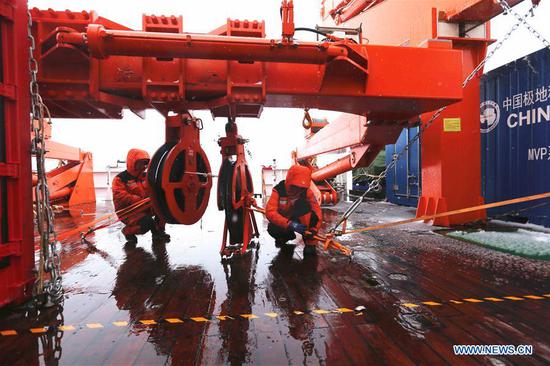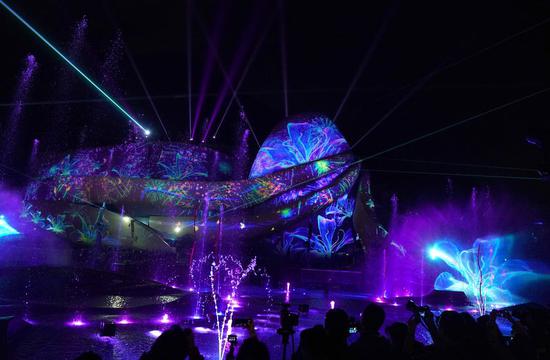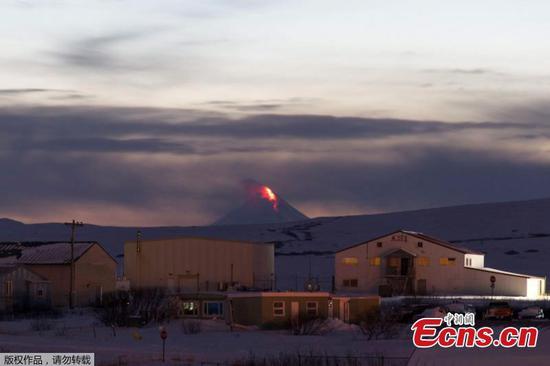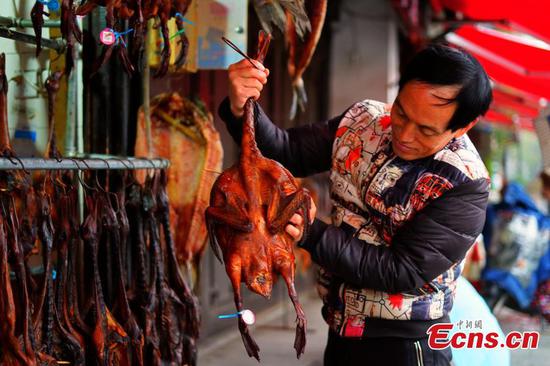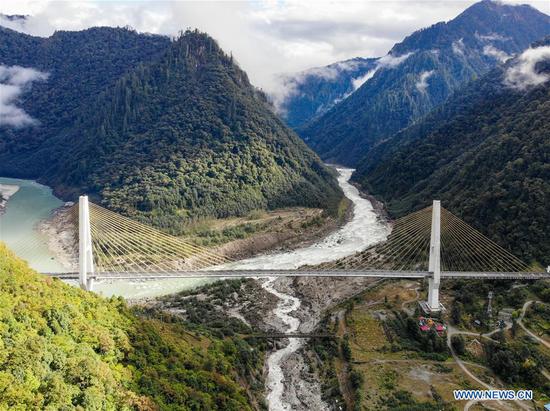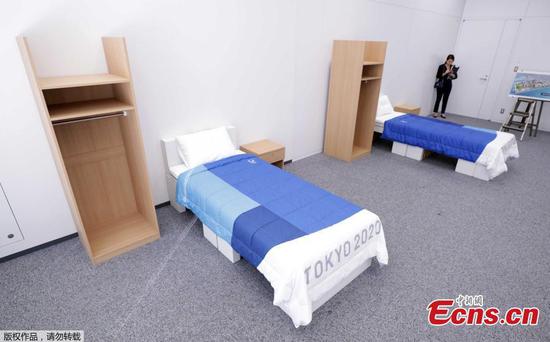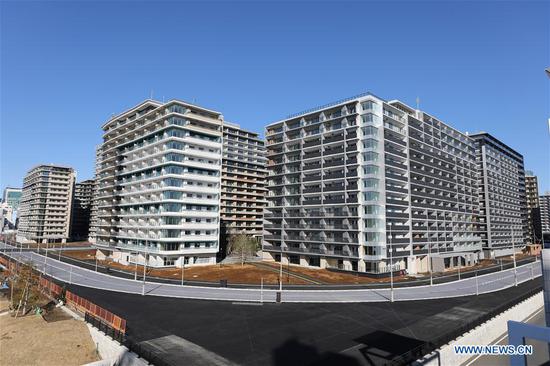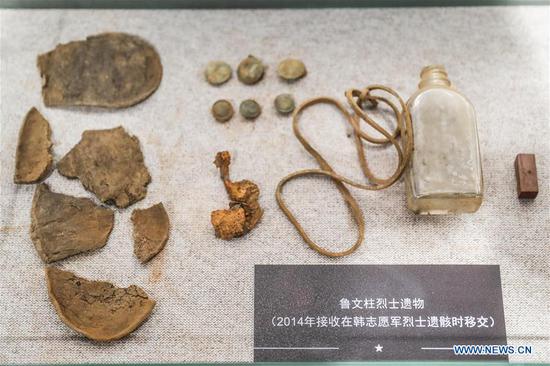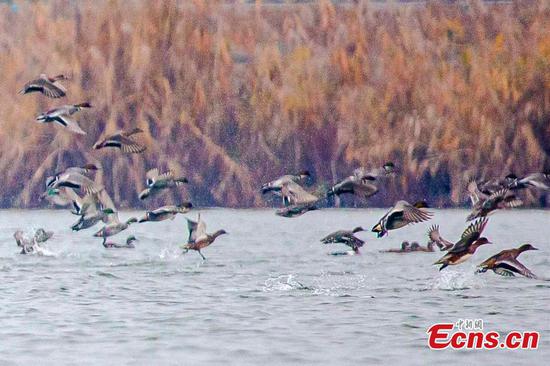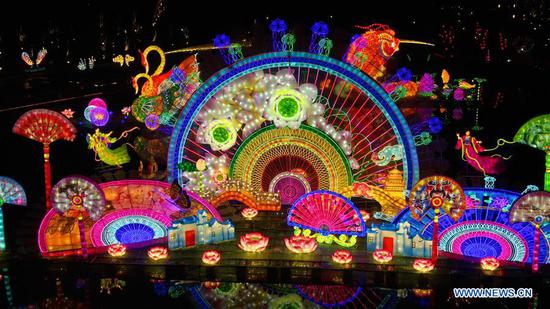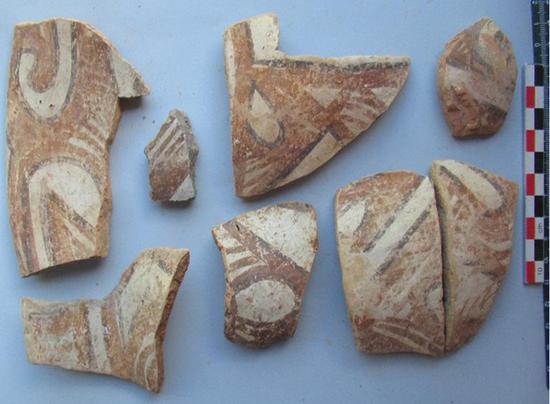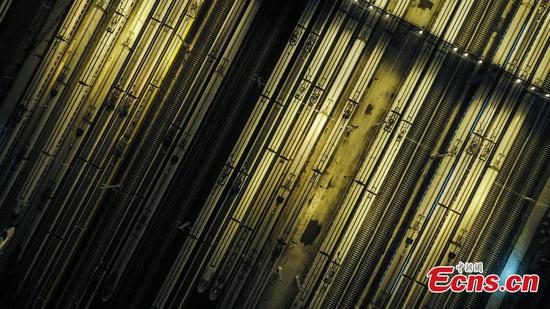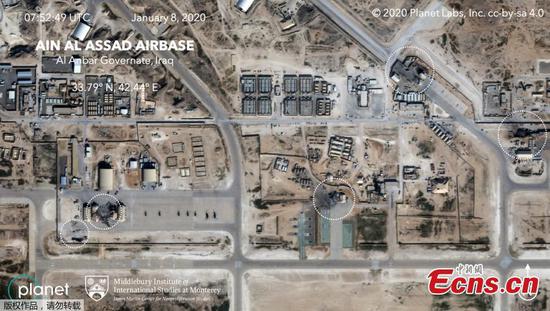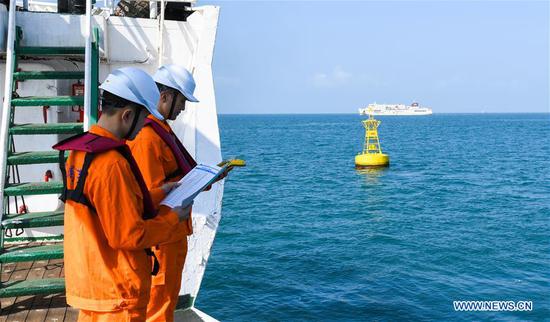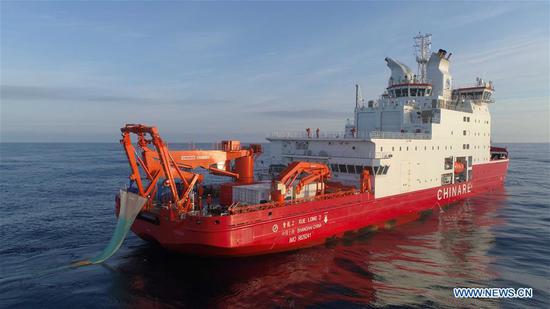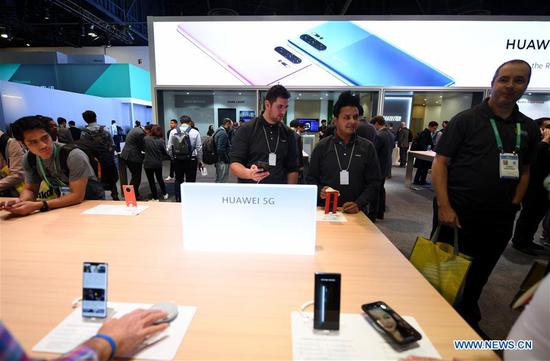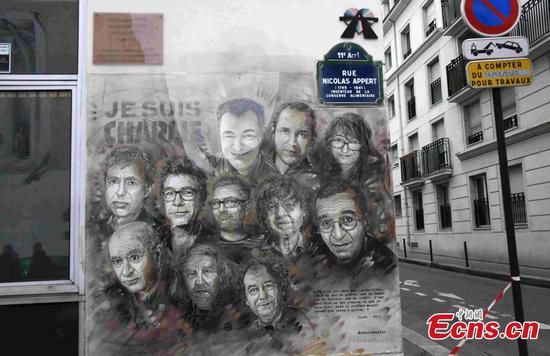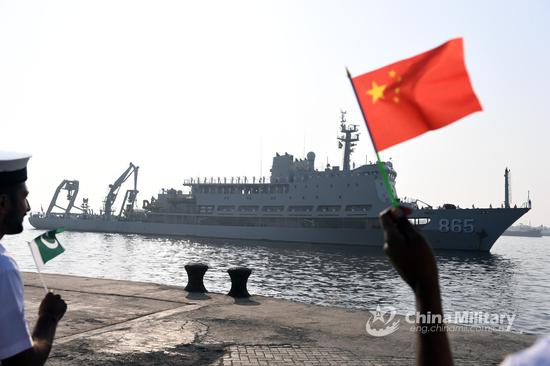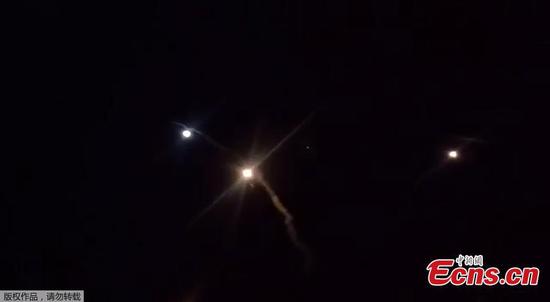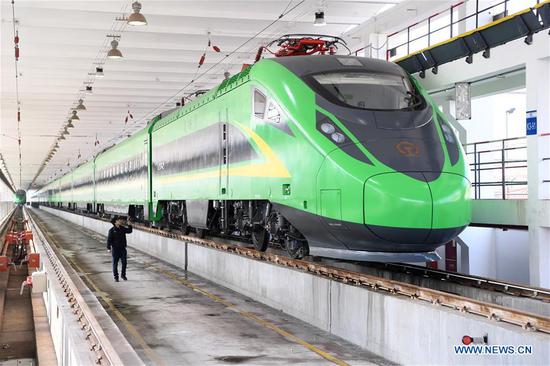INNOVATION NATION
Since the 18th CPC national congress in 2012, the CPC Central Committee with Xi at the core has decided to take an innovation-driven development strategy, underscoring that scientific and technological innovation provides strategic support for increasing production and boosting overall national strength.
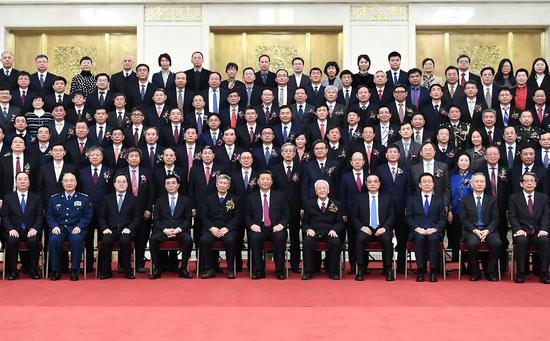
Xi and other leaders pose for a group photo with representatives of the award winners before the ceremony. (Xinhua/Xie Huanchi)
As Xi has reiterated, innovation is the primary driving force for development.
During the past few years, he has made a number of visits to scientific research institutes, universities, high-tech enterprises as well as high-tech industrial development zones, where innovation elements are the most active.
China has spared no efforts in building a domestic innovation environment with systematic resolve.
In May 2016, China published a guideline on a national strategy that maps out three major steps to promote the country's innovation-driven development.
It pledged to build China into an innovative nation by 2020, an international leader in innovation by 2030, and a world powerhouse of sci-tech innovation by 2050.
China's expenditure on research and development (R&D) has seen double-digit growth for three consecutive years, and since 2013, the country has remained in the second place in terms of R&D spending worldwide, according to data given by the National Bureau of Statistics in August.
China's spending on R&D hit a record high at 2.19 percent of its GDP in 2018, up 0.04 percentage points compared with 2017.
Meanwhile, China has been improving the incentive mechanism and policy environment, issuing a series of reform documents concerning the promotion of sci-tech development, transformation of sci-tech achievements as well as the national science award system.
From 2000 to 2018, China awarded 636 projects the State Natural Science Award, 946 projects the State Technological Invention Award and 4,246 projects the State Scientific and Technological Progress Award. The awarded projects included high-temperature superconducting materials, the manned space program, the Qinghai-Tibet Railway, supercomputers and hybrid rice.










